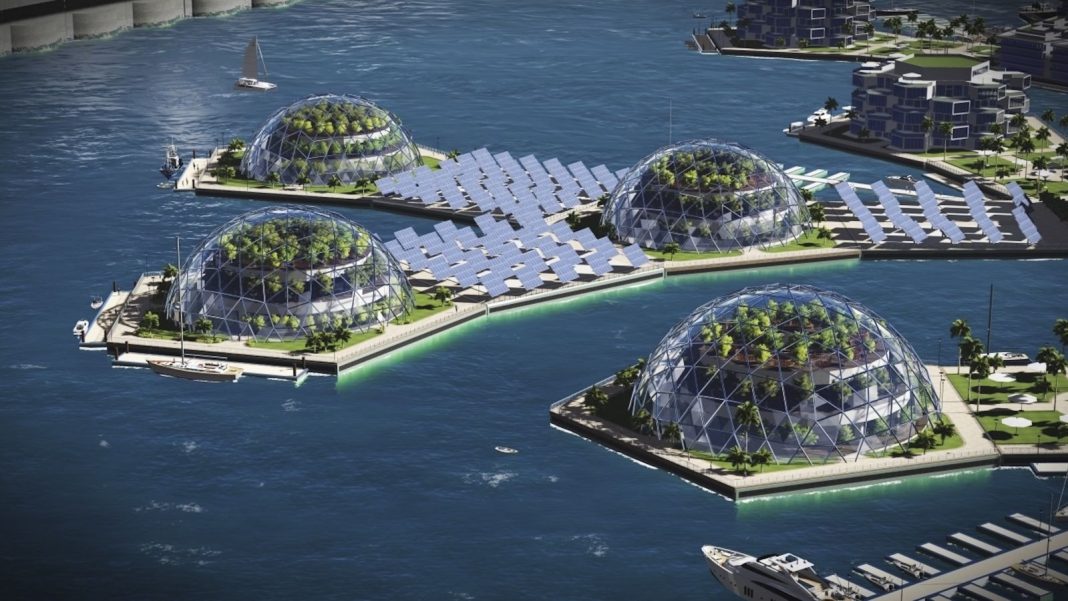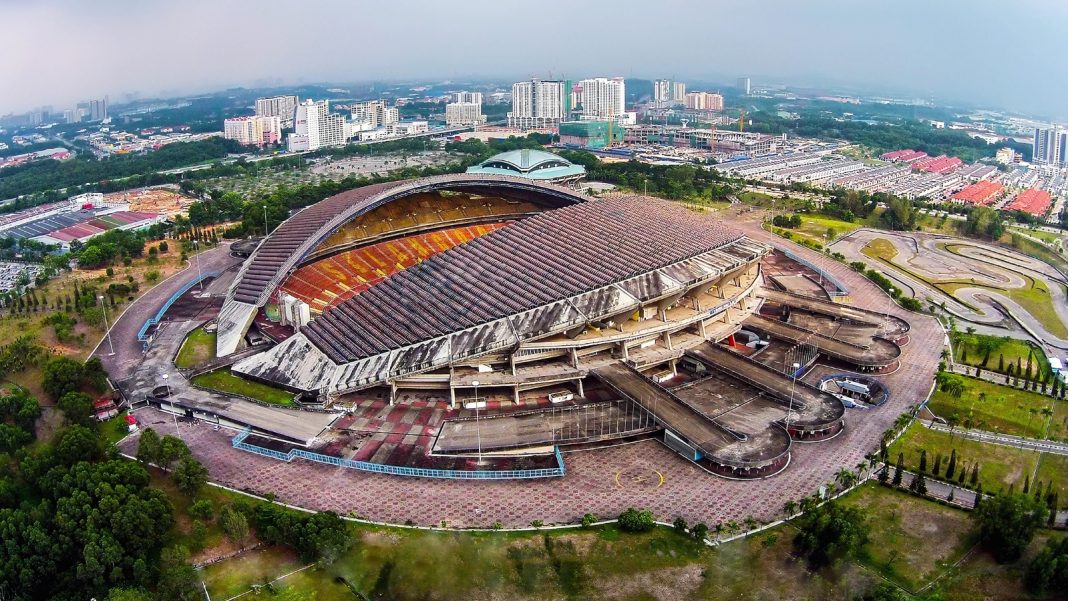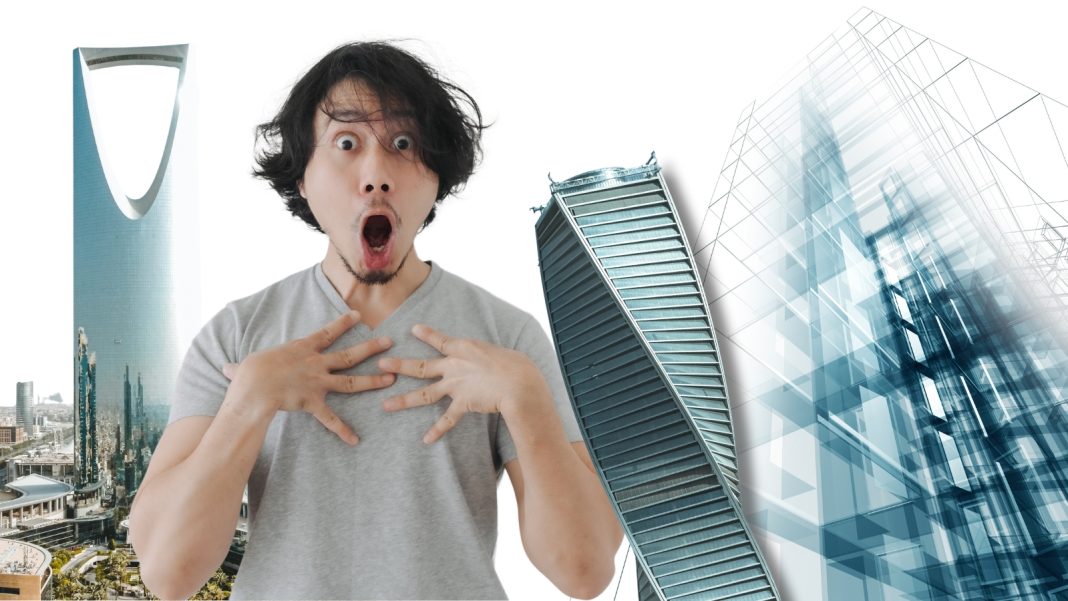Floating cities have fascinated architects, engineers, and futurists for decades. These innovative urban habitats aim to solve some of the most pressing issues of our time, such as overpopulation, rising sea levels, and sustainable living. From early visionary concepts to contemporary projects, floating cities are gaining attention worldwide. But are they truly viable as our future homes? Let’s explore the history, motivations, challenges, and latest projects shaping this bold vision.
The Genesis of Floating City Concepts
Buckminster Fuller’s Vision
The idea of floating cities took root with the visionary architect Buckminster Fuller in the 1960s. He proposed the Cloud Nine concept—massive geodesic spheres that could float in the atmosphere if the air inside was heated slightly above ambient temperature. These airborne habitats were imagined as emergency shelters or even permanent homes.
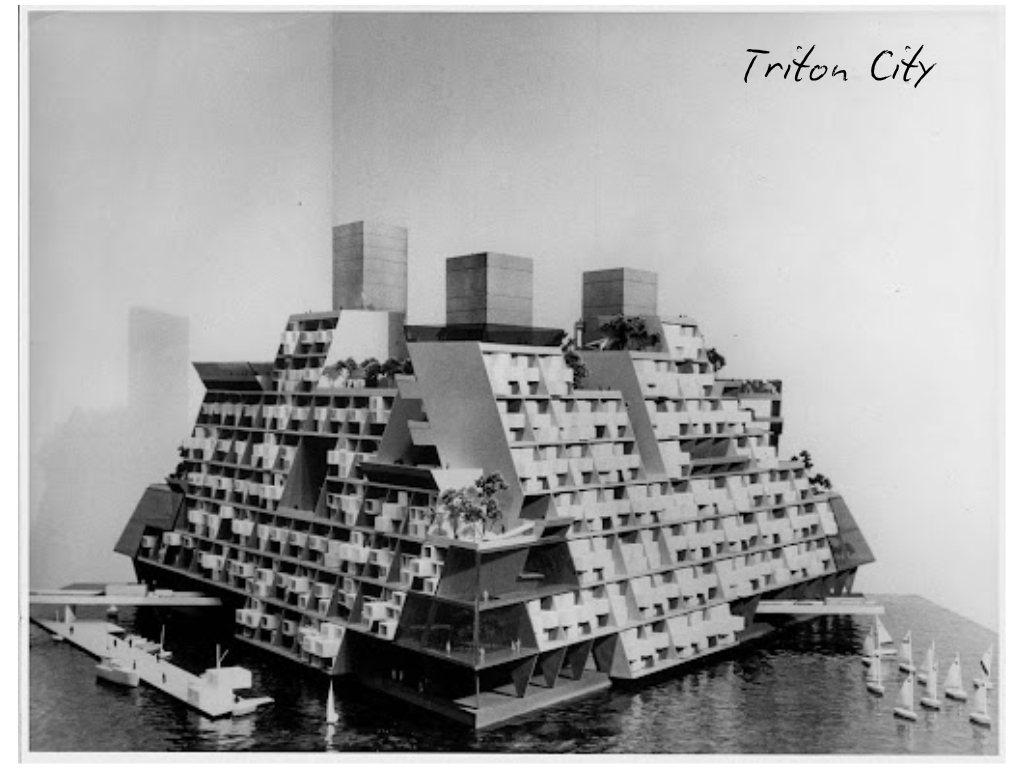
Building on his explorations, Fuller developed Triton City in collaboration with architect Shoji Sadao. This ambitious design featured tetrahedral modules floating offshore to provide sustainable living spaces for thousands of residents. Although the concept was groundbreaking, Triton City remained unbuilt due to financial and logistical challenges.
Why Was the Idea Conceptualised?
Floating cities were conceptualised to address several global challenges:
- Overpopulation: With urban areas becoming increasingly congested, floating cities offer new habitable spaces on water bodies.
- Rising Sea Levels: Climate change threatens low-lying regions, making adaptive floating structures a viable solution.
- Sustainable Living: These cities aim to utilize renewable energy sources, promote efficient resource use, and minimize environmental footprints.
Why Did Some Past Projects Fail?
Despite the allure, several floating city projects faced significant obstacles:
- Technical Hurdles: Engineering durable structures that can withstand harsh marine environments remains a challenge.
- Economic Constraints: High construction and maintenance costs deterred the realization of many projects.
- Regulatory Issues: Navigating maritime laws and jurisdictional approvals proved complex.
One notable example is Buckminster Fuller’s Triton City, which despite its innovative design, never materialized due to financial and logistical limitations.
Latest Floating City Projects
With advancements in technology and growing environmental concerns, several new floating city projects are making waves. Here are some of the most ambitious and exciting initiatives currently in progress:
1. Dogen City
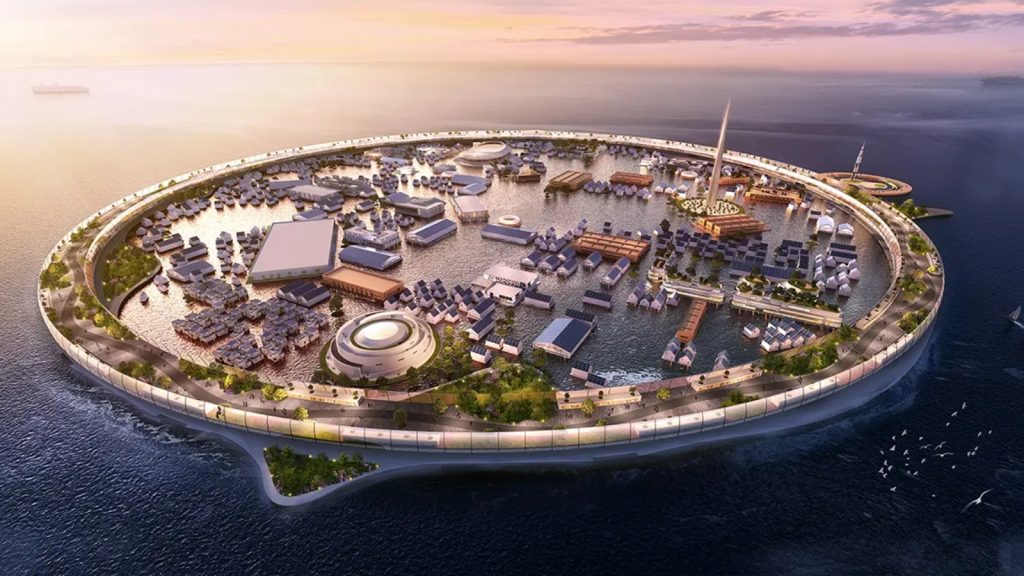
Dogen City is a visionary concept by Japanese engineers aimed at creating a self-sustaining floating metropolis. Designed to accommodate 10,000 residents and up to 30,000 visitors, the city would feature residential areas, hospitals, schools, parks, and even rocket launch sites. Its circular design, approximately 4 kilometers in circumference, is built to withstand natural disasters like tsunamis. The project emphasizes sustainability by integrating food production, energy generation, and water management systems. If realized, Dogen City could become a model for future aquatic urban living.
2. Pangeos
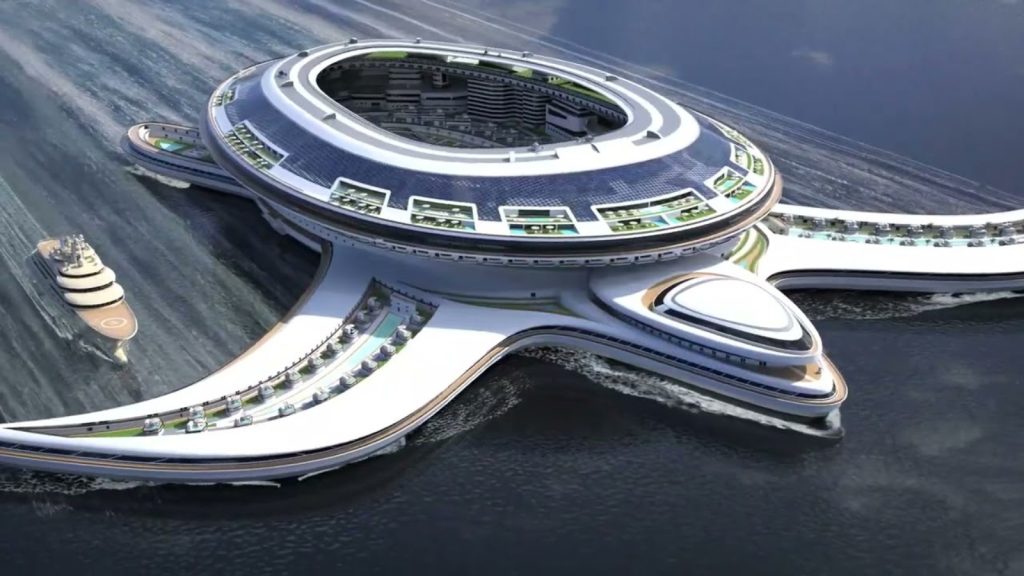
Imagine living in a turtle-shaped floating city—Pangeos aims to make that a reality. This colossal terayacht would serve as a mobile metropolis capable of housing up to 60,000 people. It would include hotels, shopping centers, parks, and ports for smaller vessels and aircraft. Although still in the conceptual phase, Pangeos represents a futuristic blend of luxury living and mobility on the sea.
3. Floating Office Rotterdam
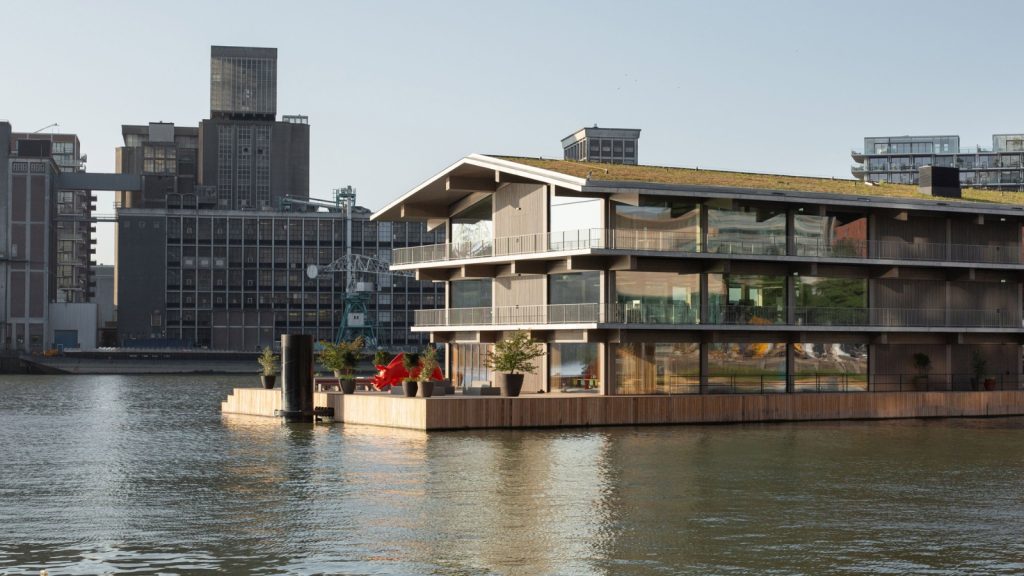
Floating Office Rotterdam (FOR) is the world’s largest floating office building, located in the Netherlands. It serves as the headquarters for the Global Center on Adaptation. Built with sustainable design principles, the office features a wooden structure, solar panels, and a water-based heat exchange system, making it energy-neutral. Its adaptability to rising sea levels showcases practical solutions for climate-resilient architecture. FOR is an excellent example of how floating structures can be both functional and environmentally friendly.
4. Floating Uros Islands
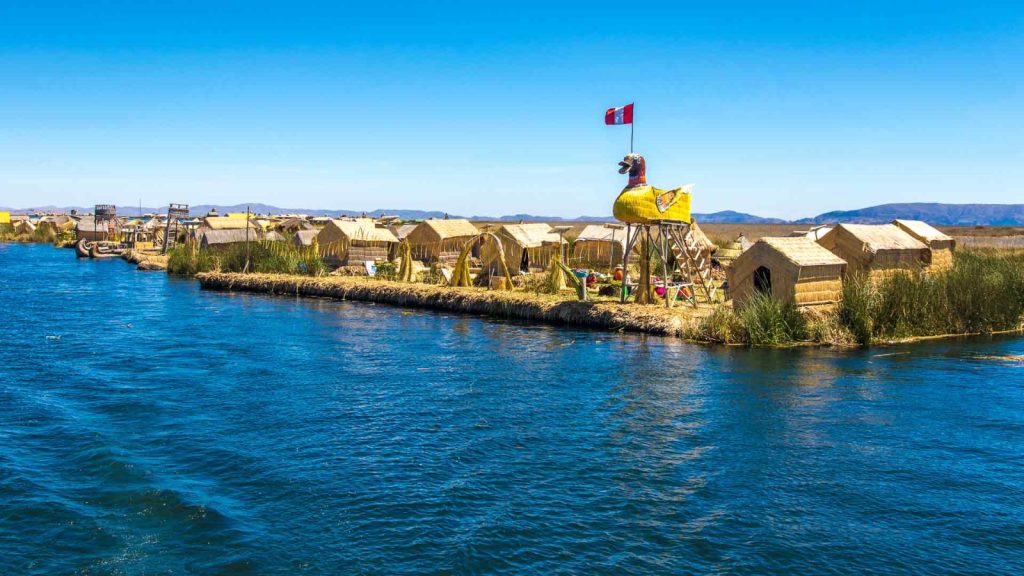
Unlike futuristic concepts, the Floating Uros Islands demonstrate traditional aquatic living. Located in Lake Titicaca, Peru, these artificial islands are built from layers of totora reeds. The Uros people have lived on these islands for centuries, maintaining a harmonious relationship with the aquatic environment. The islands support homes, schools, and communal spaces, showcasing how ancient practices can offer sustainable living solutions even today.
5. Oxagon
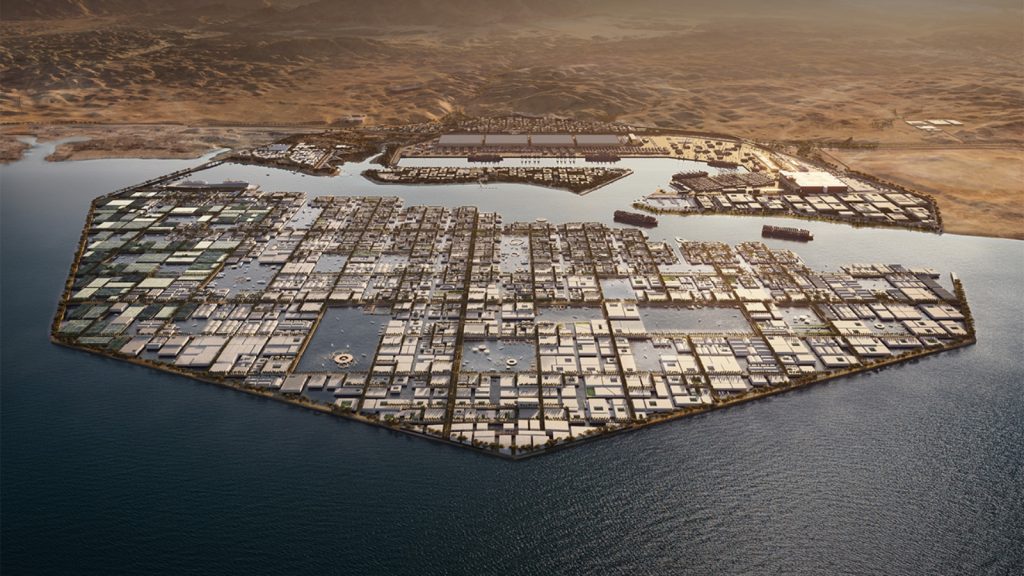
Oxagon is part of Saudi Arabia’s ambitious NEOM project. It envisions an octagonal floating port city that aims to revolutionize industrial development. Oxagon focuses on advanced technologies and sustainable practices, minimizing environmental impact. This project is designed as a hub for innovation, supporting Saudi Arabia’s Vision 2030 goals. If successful, Oxagon could redefine urban living and industrial operations on water.
6. Little Island
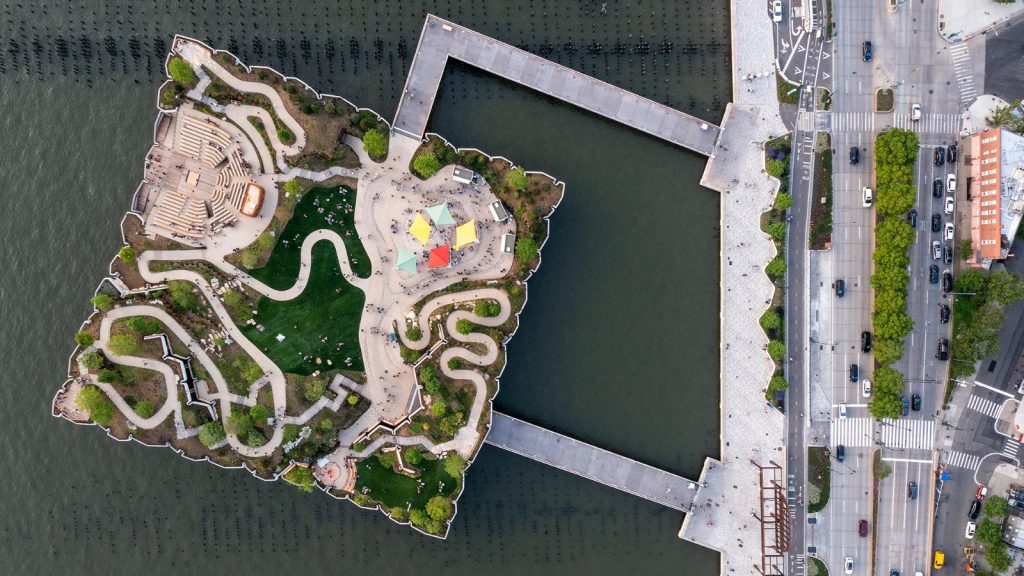
Not all floating structures are about residential or industrial spaces. Little Island in New York City is a public park built on the Hudson River. Supported by concrete piles, the park features landscaped areas, performance spaces, and recreational facilities. Although not a residential project, Little Island showcases how floating platforms can enhance urban environments by offering green spaces and cultural amenities on water.
Viability and Future Prospects
Are floating cities the future of urban living? It depends on several factors:
- Technological Innovations: Advancements in materials science and marine engineering are crucial for building resilient structures.
- Economic Viability: Cost-effective construction and maintenance are essential for widespread adoption.
- Environmental Impact: Ensuring minimal disruption to marine ecosystems is vital for sustainability.
- Social Acceptance: Public willingness to embrace life on water will influence the success of these projects.
While challenges remain, continuous technological development and the need to address urban and environmental issues suggest that floating cities could become a viable solution. As we look to the future, these ambitious projects may redefine urban living in ways we’ve only imagined.
Conclusion: Will Floating Cities Be Our Future Homes?
Floating cities present an exciting possibility for the future of urban living. From futuristic designs like Dogen City and Pangeos to culturally rich habitats like the Floating Uros Islands, these projects showcase diverse approaches to life on water. However, the road to making these cities a reality is filled with challenges—technical, economic, and social.
The concept is no longer just science fiction; it’s an evolving architectural movement that could solve critical global issues. Whether floating cities will become mainstream or remain niche solutions depends on innovation, investment, and societal acceptance.
As urbanization continues to grow, floating cities might just offer the balance between human expansion and environmental sustainability. Until then, these visionary projects continue to inspire the world with what the future could hold.
Further Exploration
For those interested in seeing these ambitious projects in action, check out:
